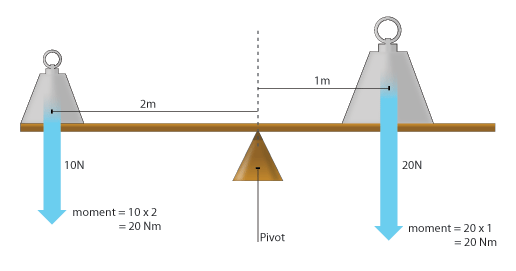Leverage can be a confusing topic, so I figured it is worth covering in a few blog posts. In this first post, we’ll deal with return calculations for portfolios that employ leverage.
Leverage is the use of borrowing, typically with an intent to amplify investment gains (and thus, returns). The use of leverage is also sometimes referred to as margin borrowing.
When a portfolio uses leverage, we can refer to two different returns:
- the leveraged return is the actual return based on the portfolio’s total invested capital
- the cash return is the unleveraged return; i.e., the return on the underlying assets, ignoring the use of leverage
For example, let’s say an investor has 400 million euro to invest but wants to invest in a 500 million euro real estate property. If the investor limits herself to her cash at hand, she can’t puchase the property. But, if she uses leverage (i.e., borrows 100 million euro) she can acquire the property. The investor will have to pay a cost of borrowing (we will assume that is 5% interest per year). In this scenario:
- the cash return is the return on the 500 million euro property she acquires
- the levered return is the return on her entire portfolio; i.e., her 500 million euro property and her -100 million cash borrowed
Assume over the investment period of one year, the property has appreciated to 540 million euro. We can calculate the cash basis return as follows:
Note that this cash basis return is the same return that the investor would have if she was somehow able to purchase 400 million worth of the 500 million euro property.
The levered return, however, is higher:
The investor has successfully amplified returns. The levered return of 8.75% is higher than the 8% cash basis return. This is true because the return on the underlying asset (i.e., 8%) is higher than the cost of borrowing (the interest cost of 5%).
Hope this example helps you understand the impact leverage can have on returns. I’ll give a different view on this in the next post.
Happy studying!




